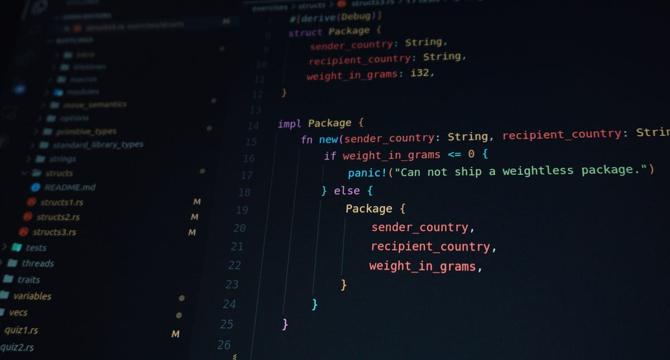Medium
2d
1.9k

Image Credit: Medium
Understanding Async in JavaScript — A Beginner’s Guide to Asynchronous Programming
- Asynchronous programming in JavaScript is essential for handling code that involves operations taking time without blocking the whole application.
- Examples like waiting for a food order in a restaurant illustrate the concept of asynchronous behavior.
- In JavaScript, asynchronous operations like API calls, file reading, or timers are common use cases for async functions to prevent the app from freezing.
- Callbacks are functions passed as arguments to another function and executed only once a specific task is completed.
- Promises in JavaScript provide a cleaner way to handle async operations compared to callbacks, avoiding callback hell.
- A Promise guarantees a future result, either success or failure, similar to placing an online order.
- Promises have three states: pending, fulfilled, or rejected, allowing developers to handle success and error cases.
- Using Promises, like fetching data from an API, simplifies handling success or failure of asynchronous tasks in a structured way.
- Async/await is a modern JavaScript feature that further simplifies asynchronous code by making it look more synchronous, improving readability and maintenance.
- Async/await allows chaining asynchronous operations more cleanly than using nested .then() calls.
- Understanding asynchronous behavior, from callbacks to Promises and async/await, is crucial for managing async code effectively in JavaScript.
- The article provides a beginner's guide to asynchronous programming in JavaScript, offering insights into different ways of handling async operations.
- Practicing with real examples is recommended to solidify the understanding of async concepts in JavaScript.
Read Full Article
7 Likes
For uninterrupted reading, download the app